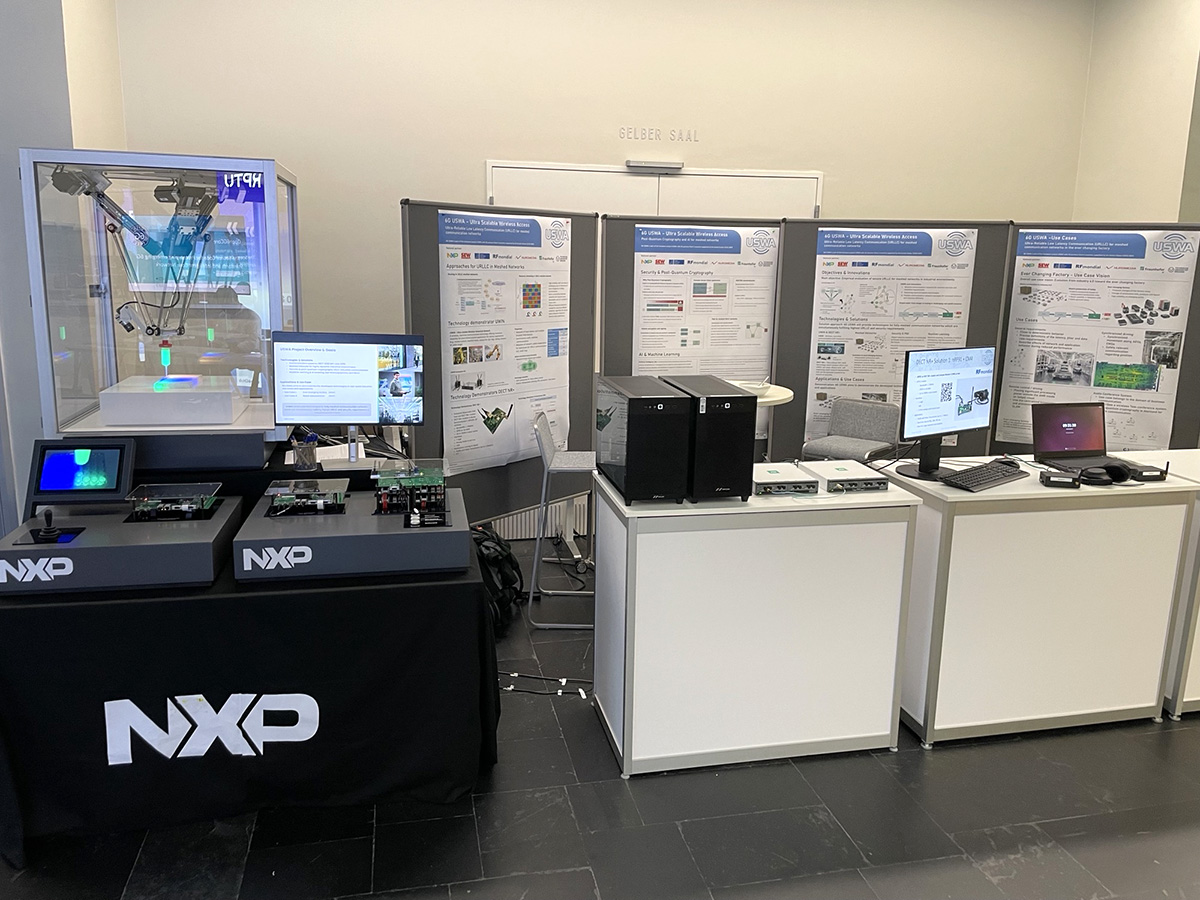From July 1st to July 3rd, 2025, the Berlin 6G Conference brought together over 1,000 participants from more than 15 countries, marking a significant milestone in the global journey toward next-generation mobile communications.
The central theme of the conference was “Bringing 6G into Application”, with discussions focusing on how to transition from research to real-world deployment. Experts from academia, industry, and government explored the technological, regulatory, and societal aspects of 6G.
Key highlights included:
- Standardization Efforts: The conference emphasized that standardization processes for 6G are set to begin imminently, underlining the urgency for coordinated international collaboration.
- Cybersecurity and Post-Quantum Cryptography (PQC): These were identified as critical components for future 6G standards, ensuring secure and resilient communication infrastructures in the face of emerging threats.
The event fostered vibrant discussions, cross-sector networking, and a shared commitment to shaping the future of global connectivity.
USWA Contribution Summary:
A notable contribution came from the German consortium of the USWA project, which hosted its own booth with posters and hardware exhibitions at the Berlin 6G conference. The team presented three live demonstrators, drawing significant attention from attendees. The demos sparked engaging discussions around key 6G topics such as Ultra-Reliable Low-Latency Communication (URLLC), DECT NR+, and Post-Quantum Cryptography (PQC).

Demo 1 : Teleoperation for Robotics with Secure Communication – NXP Live Demonstrator
At the Berlin 6G Conference 2025, NXP showcased a live demonstrator highlighting advanced teleoperation capabilities for robotics. The project focused on enabling secure and ultra-reliable low-latency communication (URLLC) using hybrid post-quantum cryptography (PQC) methods.
Key aspects of the demonstrator included:
- Secure Communication: Integration of hybrid PQC techniques to ensure resilience against future quantum threats while maintaining compatibility with current cryptographic standards.
- Teleoperation Use Case: Real-time control of robotic systems demonstrating the feasibility of remote operation in industrial and critical environments.
- Latency Analysis: Detailed investigations into the impact of PQC on latency, a crucial factor for URLLC scenarios. The results provided valuable insights into balancing security and performance in future 6G networks.
The demonstrator effectively illustrated how cutting-edge cryptographic methods can be applied in practical 6G applications, paving the way for secure and responsive robotic systems.
Demo 2: Live low-latency audio transmission via DECT NR+ by RFmondial
RFmondial showcased a live low-latency audio transmission via DECT NR+. The high-quality audio stream was transmitted between two of our portable custom designed development boards with the nRF9161. In parallel, the boards exported live data such as SNR, RSSI and PER to monitor the connection quality. The demonstrator illustrates the suitability of DECT NR+ for the delivery of media content in 6G networks with high latency and reliability requirements.
In addition, in collaboration with Leibniz University Hanover, a DECT NR+ SDR implementation based on USRP X410s was demonstrated. The SDR transmitted data with high bandwidth and allowed Internet access by encapsulating IP packets.
Demo 3. Improving reliability in industrial environments – TU Dresden
With a focus on improving reliability in industrial environments, the University of Technology Dresden showcased a demonstrator of the radio resource scheduling algorithms developed in the USWA project. Using real-world data measured at the shop floor of SEW-Eurodrive, the system performed real-time radio resource allocation under realistic industrial channel conditions. The live execution demonstrated significantly improved reliability and stability compared to static and random allocation schemes. By responding dynamically to changing channel states, the demonstrator highlighted the potential of adaptive resource scheduling to meet the reliability requirements of future industrial 6G networks.
